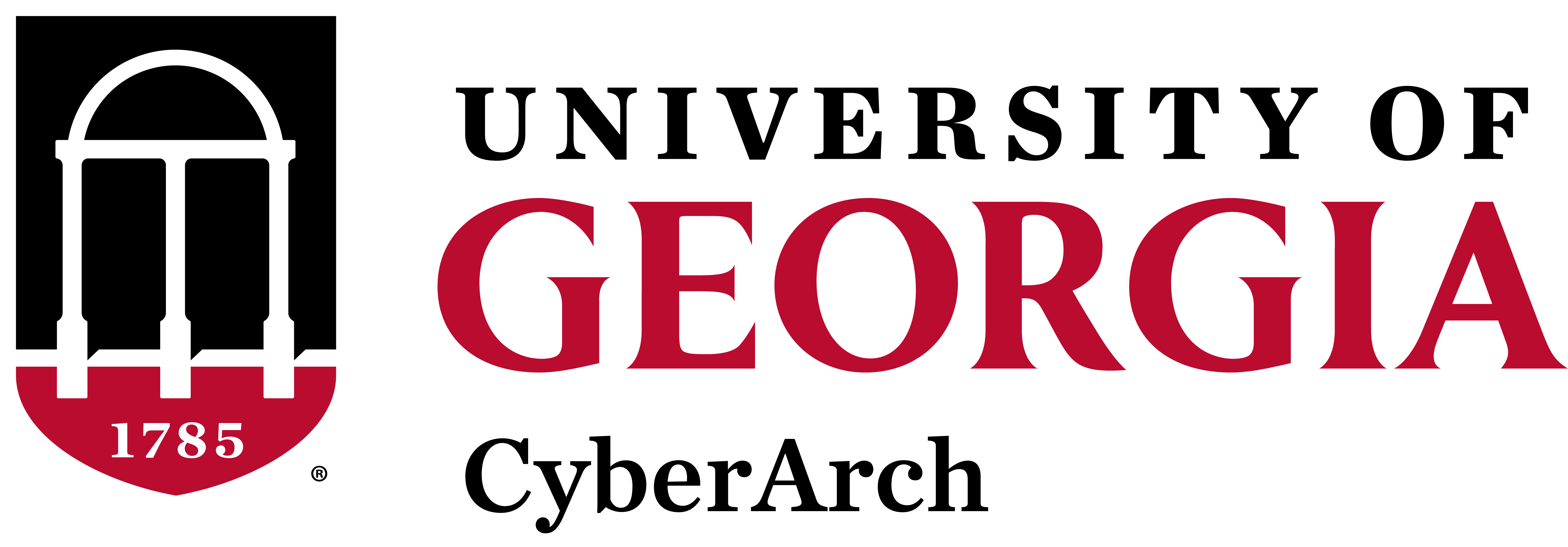The Rise of AI in Cybersecurity
Imagine receiving a call from your valentine, only to realize it's not them, but instead an AI-powered robocall mimicking their voice. While this scenario may seem like a minor inconvenience, the industry impacts of AI in cybersecurity poses far more serious threats. From mimicking CEOs to sophisticated algorithms used for password hacking, the implications of AI are almost endless.
OPPORTUNITIES
One positive aspect of AI in cybersecurity lies in its potential to enhance threat detection and response. For instance, AI-powered systems can analyze vast amounts of data in real-time, identifying cyber threat patterns, enabling organizations to manage attacks before they escalate.
This technology can be used in financial institutions to detect fraudulent activities by analyzing vast amounts of transaction data in real-time, flagging suspicious patterns such as unusual spending behaviors or unauthorized account access. This allows banks to quickly identify and mitigate potential threats, protecting their customers' assets.
POSSIBLE THREATS
On the other hand, AI also amplifies the power of cybercriminals, allowing them to facilitate more sophisticated and nuanced attacks. For instance, AI algorithms can be employed to bypass traditional security measures, such as encryption, by rapidly deciphering complex passwords or identifying vulnerabilities in a given network.
AI systems such as PassGAN and similar tools can leverage advanced algorithms, taking as little as 60 seconds to guess the password of an average online user. Using this technology with malicious intent can cause major data breaches for large corporations, such as the exposure of financial accounts and private business information.
TAKING ACTION
College students can benefit from AI-driven cybersecurity advancements through enhanced protection of their personal data and digital identities. By taking advantage of AI-powered security tools and education resources, students can protect their online presence and mitigate the risks associated with cyber threats.
Simultaneously, it is crucial for college students to remain aware against the consequences of AI in cybersecurity. By adopting proactive security measures, such as multi factor authentication (MFA) and regular system updates, students can minimize their susceptibility to AI-driven attacks and protect their academic as well as personal information.
RESOURCES
Microsoft Authenticator: uses biometrics and TOTPs (time-based one-time passwords) RSA SecureID: uses hardware and software tokens, as well as biometrics, Google Titan Security Key: physical USB security key with 2FA and phishing protection.
By Diya Anand
